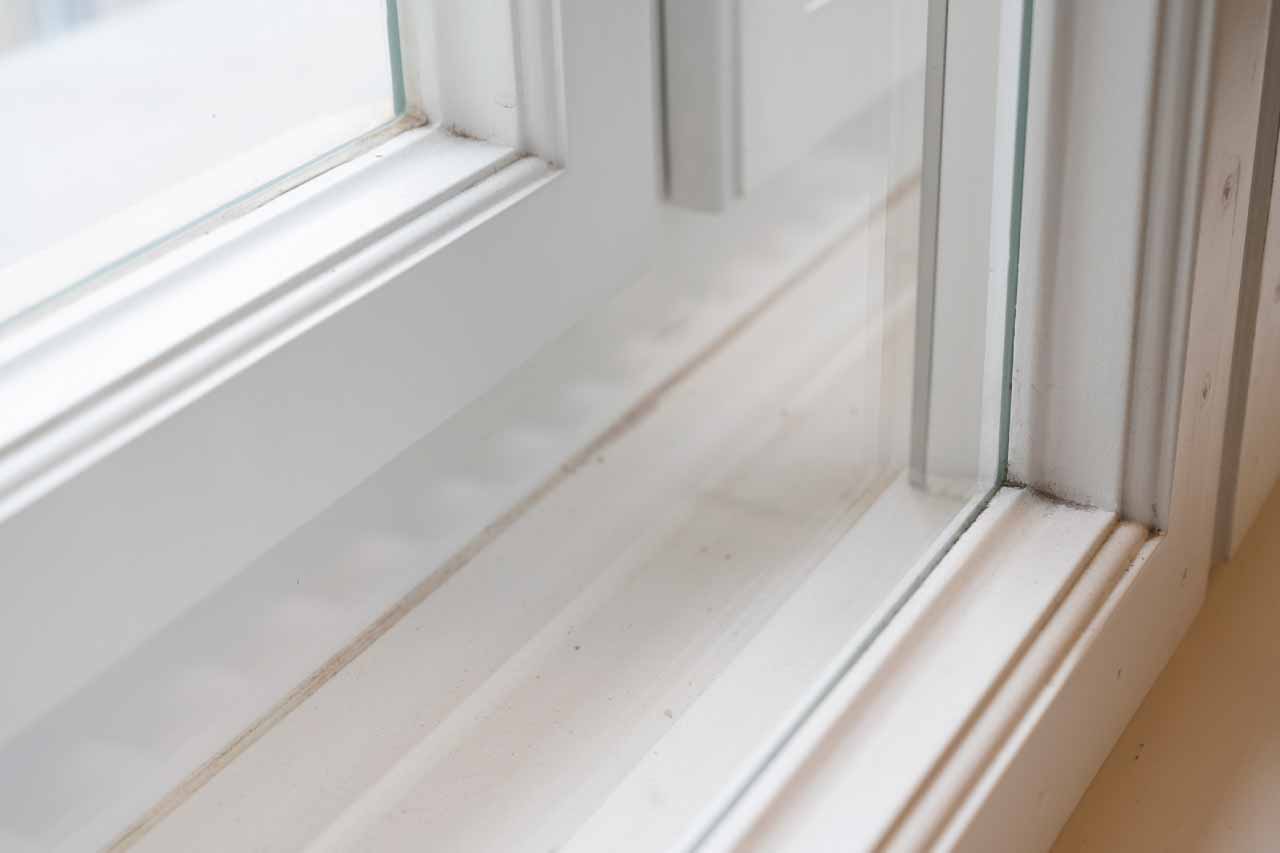
Get matched with top new windows service pros in your area
Enter your zip and get matched with up to 3 pros
Matching on HomeAdvisor


New windows service pros in Tower-City
No results for Windows - New in
Try adjusting your search criteria.New windows services FAQs
If you live in a hurricane zone—or anywhere that sees frequent high winds—impact windows are one of the best defenses against flying debris and water intrusion. They also add a security bonus and can trim energy bills. In calmer climates, however, standard double-pane windows may give you all the protection you need at a lower price.
Most pros use “hurricane windows” and “impact windows” interchangeably. Both terms refer to units built with laminated, reinforced glass layers—usually bonded with PVB or EVA—to withstand high winds, flying debris, and sudden pressure changes. No matter which name you hear, the goal is the same: keep the glass intact and your home sealed during a major storm.
Hurricane windows can be expensive upfront, but they’re well worth the initial investment if you live somewhere prone to storms and high winds. Storm windows can save you money in damage repair costs during each storm. You may also qualify for discounted rates on your homeowner's insurance policy by switching to hurricane windows.
Hurricane windows provide more protection and last longer than shutters, making them a better investment for most homeowners in storm-prone areas. Impact windows are stronger, protect against noise, and improve energy efficiency. You can install shutters over impact windows for the most protection, but you generally don’t need shutters if you have impact windows.
On average, hurricane windows last between 20 and 30 years. Their lifespan depends on the materials used and the level of regular maintenance. For example, aluminum frames may offer greater durability with proper care, while wood frames might require more frequent maintenance. Regular cleaning and timely repairs can help extend the life of your windows.





- Birmingham
- Phoenix
- Tucson
- Fresno
- Long Beach
- Los Angeles
- Modesto
- Sacramento
- San Diego
- San Francisco
- San Jose
- Denver
- Hartford
- Washington DC
- Fort Lauderdale
- Jacksonville
- Miami
- Orlando
- Tampa
- Atlanta
- Chicago
- Indianapolis
- Louisville
- New Orleans
- Baltimore
- Boston
- Detroit
- Grand Rapids
- Minneapolis
- Saint Paul
- Kansas City
- Saint Louis
- Las Vegas
- Albany
- New York
- Asheville
- Charlotte
- Greensboro
- Raleigh
- Winston Salem
- Cincinnati
- Cleveland
- Columbus
- Oklahoma City
- Portland
- Harrisburg
- Philadelphia
- Pittsburgh
- Providence
- Memphis
- Nashville
- Austin
- Dallas
- El Paso
- Fort Worth
- Houston
- San Antonio
- Salt Lake City
- Norfolk
- Richmond
- Virginia Beach
- Seattle
- Madison
- Milwaukee



